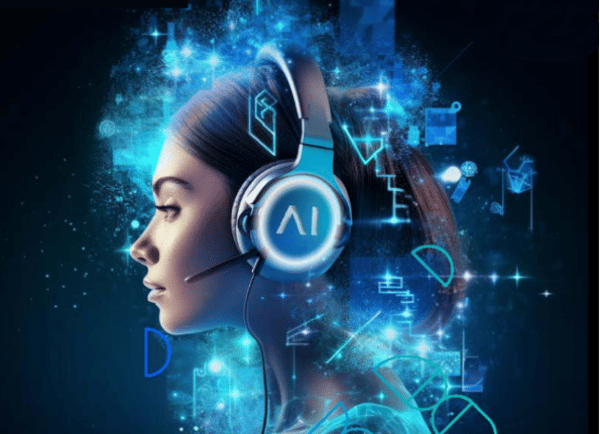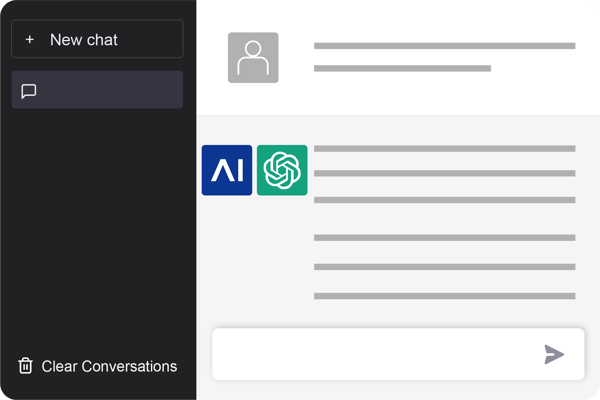Perhaps the most popular current use of artificial intelligence (AI) in the customer contact environment is in handling digital inquiries, where web chats generally take far less longer than live phone calls (due to agents multi-tasking, typing time, etc.) and some email response rates can still be measured in days.
Only 5% of webchats had any automation involved in 2015, and today this has grown to over 25% due to the rise in the use of automated "intelligent" chatbots and Conversational AI platforms in the past six years, and certainly as a result of the pandemic to support live agents handle the overwhelming volume of inquiries.
According to a recent analyst's contact center study*, despite a low current use of AI across industries, there’s widespread interest in implementing a solution, with 35% of contact centers intending to implement AI within 12 months.
Globally, contact centers are adopting bots to initially handle FAQs and repetitive questions, and with maturity, adding voice bots as well as handling transactional inquiries and processes.
Customers still want to speak to a live agent
While AI-enabled automation can handle much of the simple work, customers will still seek out a live channel for complex or emotional interactions: voice in most cases, followed by chat and video, as customer confidence in these channels builds up.
People call other people not necessarily because they want to hear a friendly voice, but mostly because they’ve found through experience that this is the fastest, most accurate, and most effective way of making sure their issue is resolved. In fact, 83% of customers want the reassurance that a live agent brings to a conversation; especially for security or complex issues.
However, 25% of web chats are handled in less than three minutes, compared to only 9% of phone calls. Companies are closely measuring the impact of automation on operational efficiency, analyzing metrics like average handling time (AHT), and satisfaction of web chat interactions in comparison to live agent calls.
Balancing chatbots with live agents
AI can quickly access relevant data a company has about its customers and their activities, as well as unstructured data held elsewhere (for example, forums or social media channels), it has a far wider source of knowledge from which to draw compared to human agents. This quick access to data not only speeds up direct chatbot interactions, but assists live agents by giving them the data they need for faster call resolution.
There has been a 460% growth in web chat automation since 2015. And today, 88% think that AI will be used to support agents in the contact center.
For this reason, in the foreseeable future, AI will work alongside its human colleagues, with all businesses surveyed agreeing or strongly agreeing because it reduces risk, speeds up responses, and provides customers with higher quality resolutions.
Long-term view
In the longer term, there’s no doubt that AI will be used as a key part of handling customer interactions in most businesses, but the question is: how? AI should be focused on use cases where the AI does a better job than a human, whether that’s being quicker, more accurate, available 24/7, or able to see patterns in data that no person could see.
Yet even here, AI will be playing a part in identifying the customer’s intent, gauging their sentiment, and understanding through past experience what the appropriate actions for the agent will be. Over a long period of time, AI will become thoroughly enmeshed in every element of customer interaction: the rise of the robots will be slow, but inexorable.
*“The Inner Circle Guide to AI, Chatbots & Machine Learning (2nd edition)” report relays analysis from a study conducted with more than 200 U.S. businesses and 1,000 U.S. customers.

.png?width=60&height=60&name=AI%20Copilot%20logo%20(mega%20menu).png)




.png?width=600&height=600&name=Knowledge%20AI%20Feature%20image%20(2).png)














